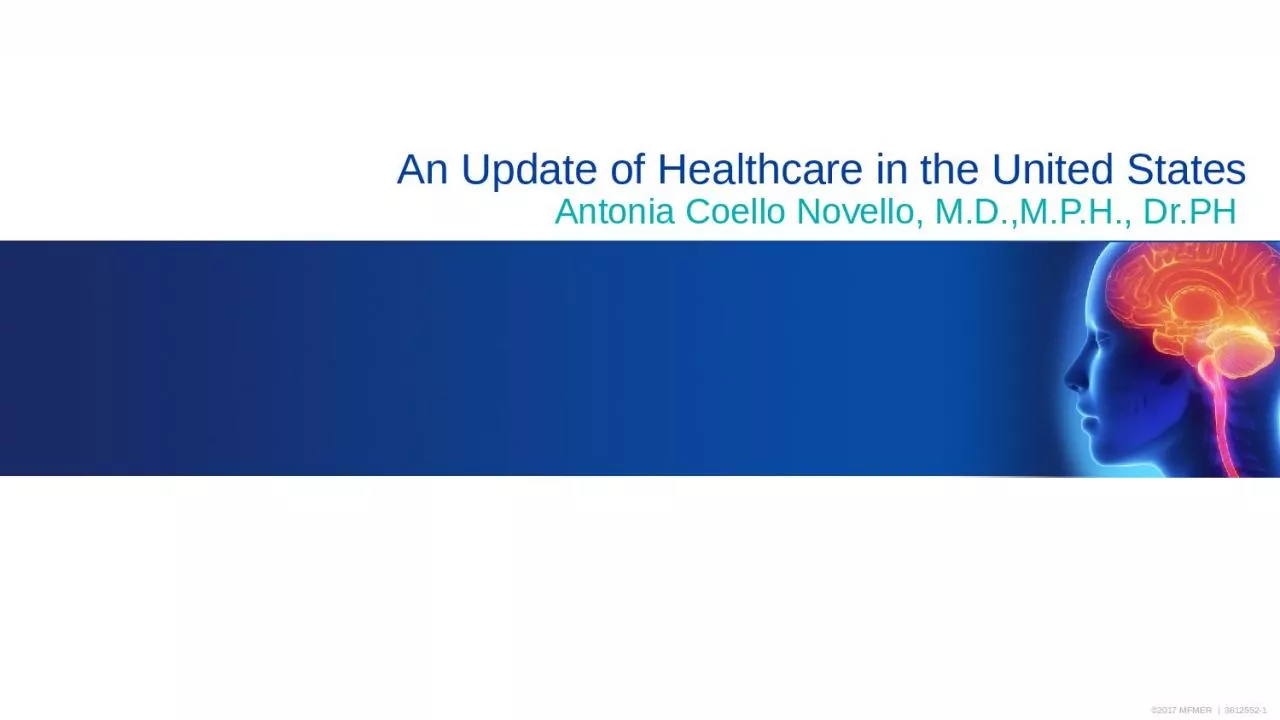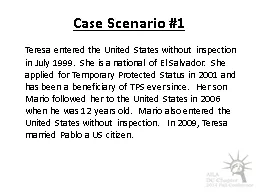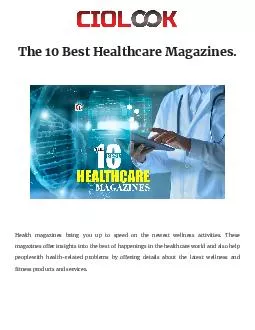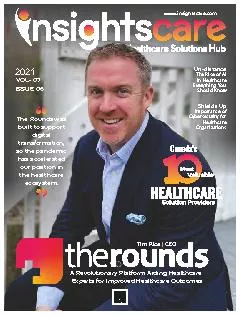PPT-An Update of Healthcare in the United States
Author : margaret | Published Date : 2023-11-16
Antonia Coello Novello MDMPH DrPH Course Directors CoCourse Directors Asher A ChananKhan MD Robert B Diasio MD Suzanne M Brown BSN CNRN SCRN W David Freeman MD Christina
Presentation Embed Code
Download Presentation
Download Presentation The PPT/PDF document "An Update of Healthcare in the United St..." is the property of its rightful owner. Permission is granted to download and print the materials on this website for personal, non-commercial use only, and to display it on your personal computer provided you do not modify the materials and that you retain all copyright notices contained in the materials. By downloading content from our website, you accept the terms of this agreement.
An Update of Healthcare in the United States: Transcript
Download Rules Of Document
"An Update of Healthcare in the United States"The content belongs to its owner. You may download and print it for personal use, without modification, and keep all copyright notices. By downloading, you agree to these terms.
Related Documents














